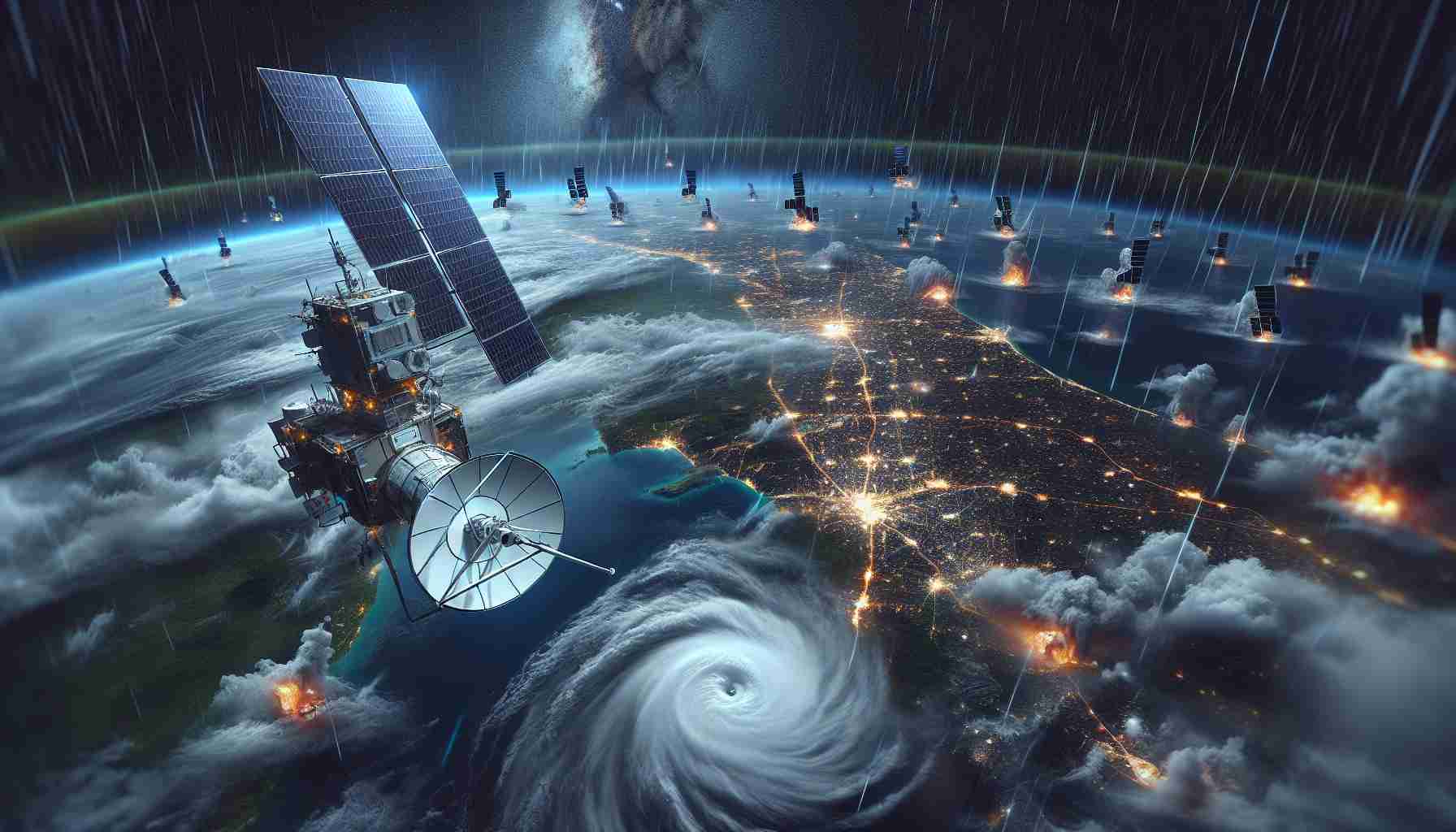
In response to the recent hurricanes that struck Florida and North Carolina, SpaceX has announced a provision for one month of complimentary satellite internet service for those impacted. However, the initiative has faced criticism as many recipients find that activation fees and equipment costs could lead to significant expenses, amounting to hundreds of dollars.
This program aims to provide connectivity during a critical time when traditional infrastructure may be compromised. While the company intends to assist, the financial burden associated with installation and equipment continues to be a barrier for many families attempting to regain access to essential online services.
Residents of the affected regions expressed mixed feelings about the offer. Some appreciate the gesture, considering the dire need for communication avenues during recovery efforts, while others remain skeptical due to the underlying costs still needed to make the service functional.
SpaceX’s initiative highlights the importance of reliable internet access during natural disasters. As communities work diligently to restore their livelihoods, addressing the financial aspects of such programs is crucial to ensure widespread access and support for those in desperate need of assistance.
Overall, while the offer of free satellite internet is well-intended, the complexities surrounding the implementation reveal challenges that could hinder its effectiveness during these challenging times.
SpaceX’s Initiative to Provide Satellite Internet Aid: A Closer Look
In the wake of devastating hurricanes that wreaked havoc across Florida and North Carolina, SpaceX has stepped in to offer one month of complimentary Starlink satellite internet service to those affected. However, while the initiative aims to mitigate communication gaps, numerous salient facts and considerations remain unexplored, raising questions about its overall effectiveness.
Key Questions and Answers
1. What is the process for accessing SpaceX’s satellite internet service?
To access the service, affected users must apply through designated channels, and while the first month is free, activation requires specific equipment, potentially incurring additional costs.
2. How does Starlink technology function in disaster-stricken areas?
Starlink satellites are positioned in low Earth orbit and provide internet services via satellite dishes. This technology can often bypass damaged terrestrial infrastructure, offering connectivity where conventional internet is unavailable.
3. What long-term solutions can SpaceX provide beyond the initial month?
After the complimentary month, users will need to subscribe to the standard monthly fee, which can hinder long-term reliance on the service, especially for families in economically vulnerable situations.
Key Challenges and Controversies
One of the primary challenges of this initiative is the high upfront cost associated with necessary hardware, which ranges from $500 to $750 for the satellite dish and router setup. For many families struggling with post-disaster recovery, such costs are prohibitive.
Additionally, there is a controversy over the government’s role in providing disaster recovery support. Some critics argue that private companies should not bear the sole responsibility for recovering communication infrastructure, especially as many citizens rely on federal assistance and relief programs after hurricanes.
Advantages and Disadvantages
Advantages:
– Rapid Deployment: Satellite internet can be activated quickly, ensuring immediate communications when other channels may be offline.
– Accessibility: Available in remote areas where traditional internet services are unavailable or severely damaged.
– High-Speed Connectivity: Starlink is known for delivering high-speed internet, enabling access to critical online resources during recovery efforts.
Disadvantages:
– High Setup Costs: The significant initial investment may hinder low-income families from accessing the service.
– Service Reliability: While generally reliable, satellite services can face interruptions due to adverse weather conditions, further complicating communications during disasters.
– Limited Duration of Aid: The support lasts only one month, creating uncertainty about continued access to essential services if financial resources are limited.
Conclusion
While SpaceX’s offer of free satellite internet is a commendable effort to address connectivity challenges in hurricane-affected areas, the initiative is not without its complications. The balance between immediate relief and long-term accessibility is crucial, highlighting the need for a more comprehensive approach to disaster recovery that includes all economic levels of affected populations.
For more information on SpaceX’s projects and initiatives, visit SpaceX.



